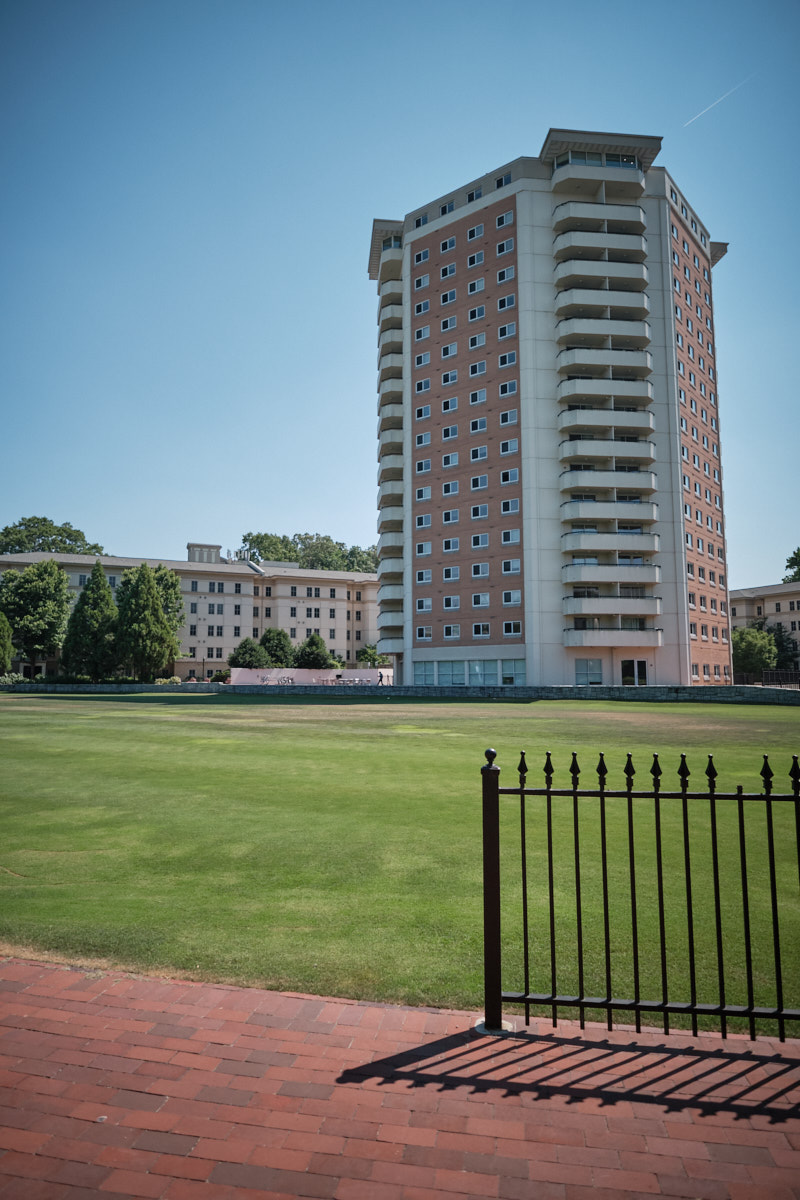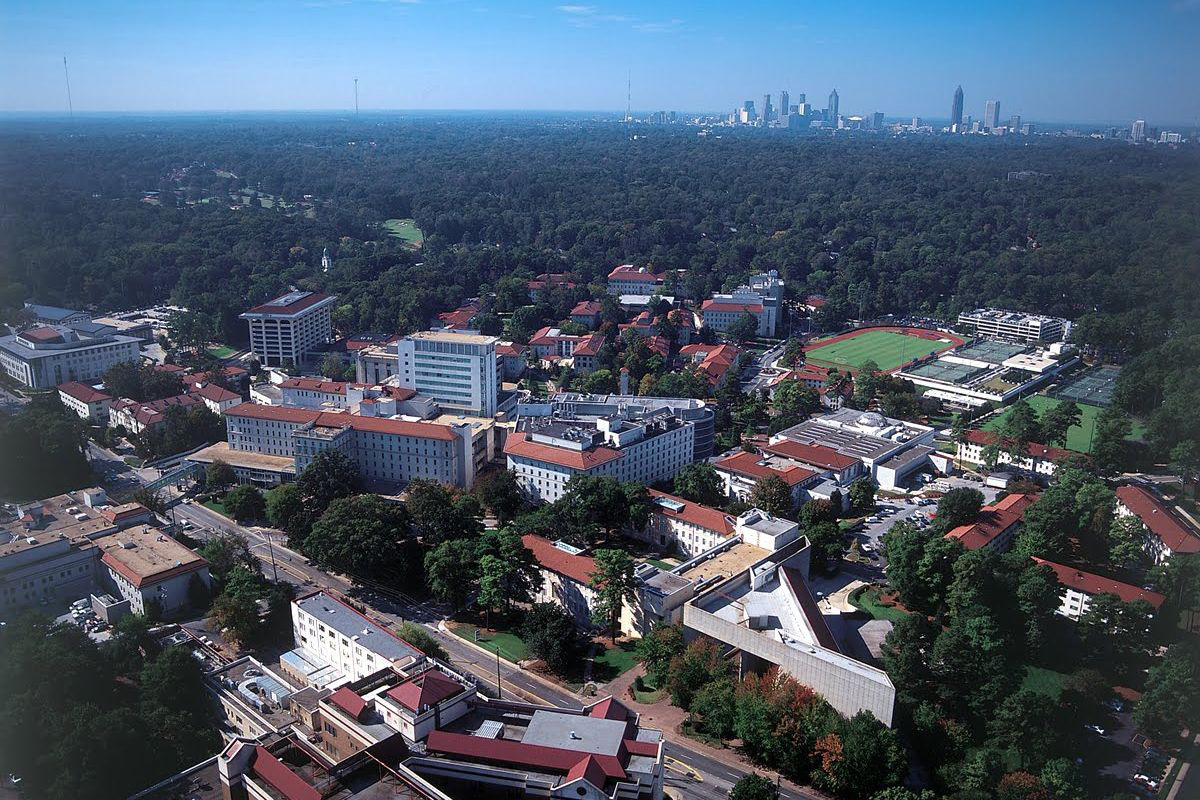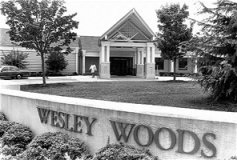Residential + Student Life
The proposal for the Residential and Student Life District reimagines the area just north of the Academic Core as one that fosters the integration of residential, academic, and student life uses. Today, the university’s student housing is geographically separated from the academic core and other critical components of the student experience. The Framework Plan proposes to more closely integrate new residential and academic facilities to allow for a vibrant mixed-use district with 24-7 vitality, where the two uses merge to create a more connected and supportive student experience. The following campus elements define this district: South and North Eagle Row – Given the university’s overall goal of increasing on-campus student housing, new student housing will replace the existing low-density district of aging Eagle Row homes, which present significant deferred maintenance and accessibility challenges. This new model of housing will line both sides of Eagle Row, and will include a range of student life amenities and academic spaces on the ground floor. “Eagle Egg” Open Spaces – A series of new and existing open spaces step down the hill from Clifton Road, integrating the existing Longstreet-Means, Hamilton Holmes, Eleanor Raul, Few, and Evans Halls into a larger and more lively student residential district. This open space structure will provide much needed outdoor space for informal and social gathering, as well as for informal recreational and athletics given the proximity to WoodPEC. WoodPEC Renovation - The centrally located athletic complex will be renovated to improve overall building efficiency and to better physically and visually connect this student life amenity with Asbury Circle.

Peavine Housing
In order to meet the university’s goal of housing up to 80 - 90 percent of all undergraduate students on-campus, a new student housing district will line Peavine Creek Road and serve as a link between the core campus and the proposed new Athletics and Recreation District to the north. The new housing will be tucked into the natural landform, creating a unique sense of place within the Peavine Creek forest. Double height common areas within the residence halls will open onto an enhanced creekside pedestrian greenway; the back of these double-height commons will open onto interior courtyards at the second level of the residence halls, facing back to the wooded hillside. Wooded “forest fingers” between the residence halls will preserve buffers around natural drainage ways, as well as a strong connection to the natural setting. This new student housing will enable the relocation of the undergraduate beds from the Clairmont Campus to the core campus and allow for a more unified undergraduate experience in close proximity to academic and student services. In an effort to offer a spectrum of housing options, the Clairmont towers will undergo renovation to provide a range of graduate student housing options.

Mixed Use + Grad Housing
The Mixed Use District will be located in the Haywood Triangle. This area will capitalize on the vibrancy and activity of the adjacent new Arts and Community District, as well as the potential location of the future MARTA stop along Haygood Drive. Given the proximity to transit, this area will benefit from a range of Transit-Oriented Development opportunities, such as non-undergraduate student housing, retail, and community uses.

Wesley Woods
Located to the north of the Druid Hills campus, Wesley Woods includes an array of health and residential uses. Several of the existing facilities are located within the flood plain and do not merit additional investment; however, the areas outside of the flood plain could offer supporting uses for healthcare in the future.

Athletics + Recreation
The Athletics and Recreation District will be located north of the Peavine Housing District, bridging from Peavine Creek Drive up to the 1762 Clifton building site. The District will include the university’s track and field, outdoor and indoor tennis courts, and space for additional recreational programs. The district will maintain a strong connection to the core campus through a pedestrian bridge over the CSX rail tracks. Streetscape improvements for Peavine Creek Road will include a pedestrian greenway and plaza spaces in front of the proposed student housing overlooking Peavine Creek.
